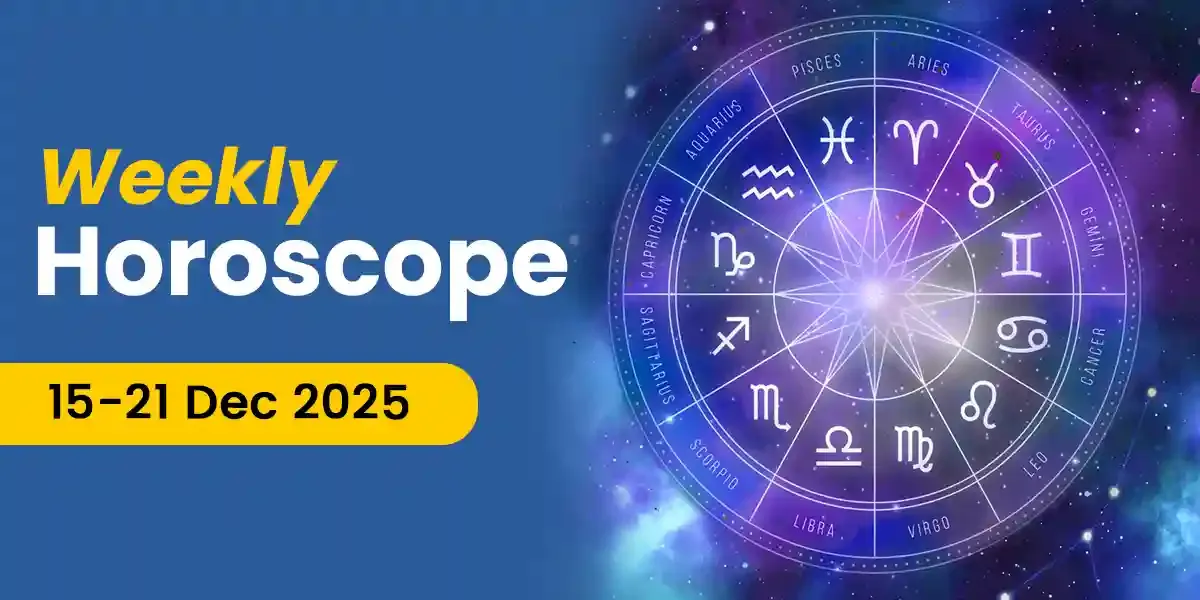
Eight billion people in the world, yet we are only truly compatible with one.
You might cross paths with hundreds and thousands of humans every day, but your soulmate. You only meet them when it's time. Ever wonder why?
Well, call this destiny or pure luck all you want. But, if you ever compare your birth charts, you’ll find out—it’s always been synastry. It was always “written in the stars!”
So today, let’s understand the art of synastry and understand how it works. Let’s start!
What Is Synastry in Astrology?
In astrology, synastry is the method of studying and comparing two birth charts (of a couple) to map out the relationship dynamics and compatibility of the individuals.
The synastry chart is a comparison of two birth charts. Basically, it's a kind of relationship astrology wherein astrologers measure the distance between the planets in your charts and another individual's chart to understand areas of compatibility and clashes.
What Does Synastry Tell About Your Relationships?
Synastry can tell a lot about the relationship between you and your other half. For instance:
Compatibility: For any relationship to work, mutual compatibility between the couple is a must. It tells you how compatible you are likely to be with the other person.
Characteristics: Every relationship is unique. It has its own dynamics, which play a key role in deciding the relationship's success. Synastry can help you uncover them.
Strengths And Weaknesses: You and your partner might have different strengths and weaknesses. But the trick to success lies in finding out how well they complement each other. And, well, Synastry gives insights into these nuances.
Want to find out if you are compatible with your partner-to-be? Hurry up and reach out to Astroyogi's astrologers to get your synastry chart readings!
Which Are the Most Important Planets And Houses in A Synastry Chart?
The alignment of celestial bodies plays the most crucial role in a Synastry chart. Although there are a total of nine planets in Vedic astrology, three of them play the most significant role in a synastry chart. They are—Venus, Mars, and the Moon.
Venus: Also known as “Shukra,” Venus is the planet of romance and love. In a synastry chart, it determines how strongly the individuals are attracted to each other.
Mars: The “Mangal” or Mars is the planet of passion. It indicates the level of sexual compatibility between the couple.
Moon: The Moon governs a relationship's emotional aspects, indicating how emotionally compatible the two individuals are.
If these three planets are auspiciously placed in a synastry chart, the relationship is most likely to be successful.
What Are “Aspects” in A Synastry Birth Chart?
In synastry, the concept of planetary angles of “aspects” is the key to understanding relationship dynamics and overall compatibility. But what are they?
Well, simply put, "aspects" refer to the distance between the planets in your and your partner's charts. The aspects describe the relationship between the planets in your and your partner's charts. Each aspect forms a unique angle. By studying those angles, one can figure out synastry compatibility between a couple.
Give this a quick read: Sun Transit in Gemini: Career Takeoff Awaits Virgos: What Can You Expect?
How to Read A Synastry Chart? Decoding The Five Main Aspects of Synastry Relationship Charts
Now that you know about aspects in a synastry chart, let us familiarize you with five of the most prominent ones so you can easily interpret yours.
Conjunction: This angle is formed when two planets coincide in the same zodiac sign and degree. It combines the energies of both planets, which is generally considered good. For instance, Mars and Jupiter both are in Gemini.
Sextile: When planets are two signs (or 60 degrees) apart from each other, the aspect formed is called sextile. This signifies a friendly, harmonious relationship between the planets.
Square: When planets in a synastry chart are three signs (or 90 degrees) apart from each other, the aspect formed is called square. This is not the most auspicious aspect of all, and it generally indicates the signs, especially those in the same modality, might be in a conflicting landscape.
Trine: When two planets are four signs (or 120 degrees) apart from each other and in the same element, the aspect formed is called a trine. This, just like sextile, suggests an easygoing symphony between the planets. When three or more planets form an equilateral triangle, the Grand Trine is formed.
Opposition: When planets are six signs (or 180 degrees) apart from each other or opposite each other in a synastry chart, the opposition aspect is formed. This indicates an opportunity for personal development. However, challenges will also be there.
Summing Up
The heart might have its own reasons for falling in love with a person. But compatibility? That depends on certain factors. And synastry, definitely, is one of them.
In this blog, we discussed birth chart synastry and compatibility. For more details, reach out to our astrologers at Astroyogi—India’s no. 1 astrology platform!
Consulting an astrologer is very convenient on Astroyogi App. Download the app and enjoy a seamless experience.
Our in-house team of writers comprises of vibrant, like-minded, and curious souls who are passionate about helping people find joy and motivation through the magic of words. Our writers are keen on using their skills to make the study of divination sciences a guiding tool in people's lives. They hold expertise in writing on a myriad of topics related to Indian Astrology, Spirituality, Planetary Movements, Vastu Shastra, Numerology, and Tarot among several others. The Astroyogi team aims to write articles that can help the readers lead a life of peace and tranquility whilst enjoying the many ups and downs of life!


































